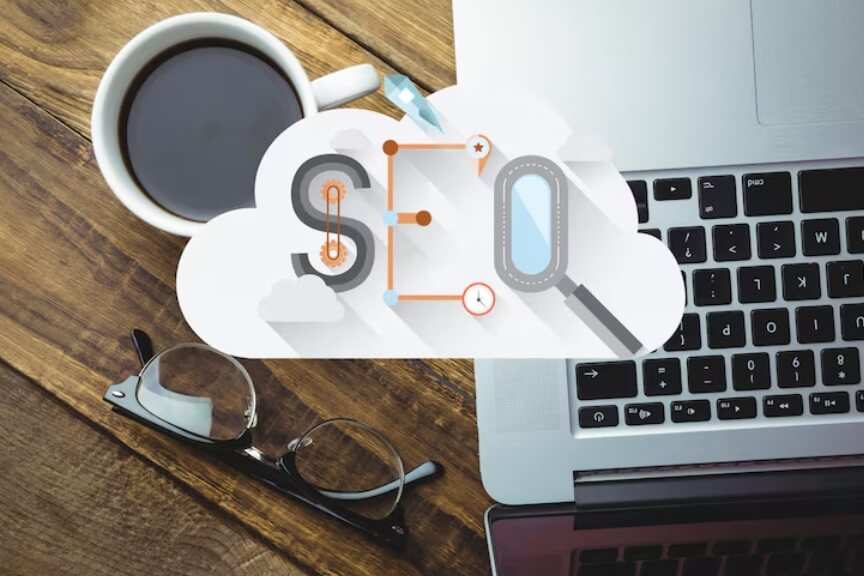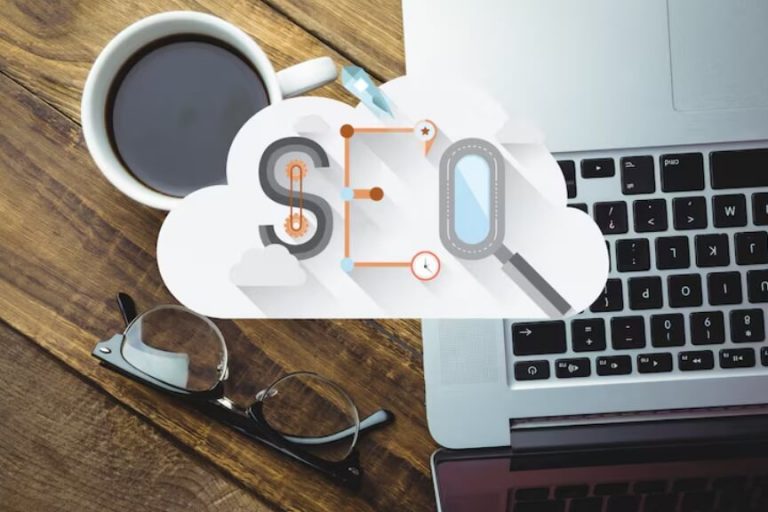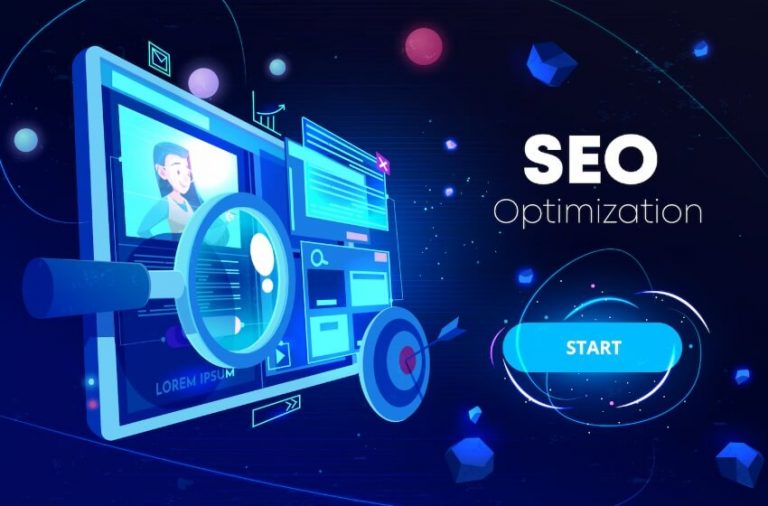In the competitive digital landscape of the United States, visibility on search engines can determine whether a business thrives or struggles to survive. Companies are constantly exploring strategies to appear on the coveted first page of Google and connect with potential customers who are actively searching for products or services. Two of the most common strategies are SEO and SEM.
While these terms are often used interchangeably, they are not the same. Understanding the differences between them is essential for making informed marketing decisions. This article explores both approaches in detail, highlighting their advantages, drawbacks, and when U.S. businesses should prioritize one over the other.
Qué contiene este artículo :
ToggleWhat is SEO?
Search Engine Optimization (SEO) is the process of improving a website to gain higher rankings on search engines such as Google or Bing without paying for each click. The goal is to drive organic traffic by creating high-quality content, optimizing on-page elements, improving technical performance, and earning backlinks from reputable websites.
The key features of SEO include:
-
Long-term growth: Once rankings are achieved, they can generate consistent traffic for months or even years.
-
Credibility: Users often trust organic results more than paid ads.
-
Cost-effectiveness: There are no costs per click; investments are primarily in time, tools, and expertise.
What is SEM?
Search Engine Marketing (SEM) refers to paid advertising strategies on search engines. The most well-known platform for SEM is Google Ads, where businesses bid on keywords to display their ads at the top of search results. Unlike SEO, SEM produces immediate visibility, but it comes at a financial cost for each click or impression.
The key features of SEM include:
-
Quick results: Campaigns can be launched and deliver traffic within hours.
-
Targeted control: Ads can be shown to specific demographics, geographic locations, and times of day.
-
Scalability: Budgets can be adjusted based on goals and market demand.
Key Differences Between SEO and SEM
Although both aim to increase visibility on search engines, they differ in several ways:
1. Cost Structure
-
SEO requires upfront investment in content creation, optimization, and technical improvements but does not incur costs per click.
-
SEM requires continuous spending; each visitor comes at a price, and costs can increase in competitive industries like law, finance, or real estate in the U.S.
2. Timeline of Results
-
SEO is a long-term game. It can take months to achieve significant rankings, but once established, the results are sustainable.
-
SEM delivers instant visibility, making it ideal for time-sensitive promotions or new business launches.
3. Credibility and Trust
-
Organic listings achieved through SEO are often perceived as more trustworthy by U.S. consumers.
-
SEM ads are marked as “Sponsored,” which can sometimes reduce credibility, although they are effective for immediate exposure.
4. Traffic Sustainability
-
SEO generates traffic continuously once rankings are earned, without recurring payments.
-
SEM traffic stops the moment you pause or end your campaign.
5. Click-Through Rate (CTR)
-
Studies show that organic results typically achieve higher CTRs compared to paid ads, especially for informational or non-branded queries.
-
SEM, however, dominates for high-intent searches like “buy now” or “near me” because ads appear before organic results.
When to Use SEO in the USA
SEO is particularly valuable for:
-
Businesses focused on long-term growth – Local companies, e-commerce stores, and professional services benefit from consistent organic visibility.
-
Brands aiming to build authority – Ranking organically positions a business as a credible leader in its industry.
-
Companies with limited advertising budgets – SEO delivers continuous returns after initial investments.
For example, a law firm in New York may use SEO to target keywords such as “best divorce attorney NYC,” building credibility and sustainable visibility without paying for every click.
When to Use SEM in the USA
SEM is best suited for:
-
New businesses – Startups can quickly gain traction and visibility while building their organic presence.
-
Seasonal or time-sensitive campaigns – Retailers running promotions for Black Friday or holiday sales often rely on SEM for immediate results.
-
Highly competitive industries – In niches where ranking organically is extremely difficult, paid ads secure visibility despite the competition.
For instance, an e-commerce store launching a new product line in Los Angeles may run Google Ads to instantly appear for searches like “buy running shoes online LA.”
Combining SEO and SEM for Maximum Impact
While SEO and SEM can function independently, the most successful U.S. businesses combine both strategies. Here’s how:
-
Immediate visibility with SEM – Launch paid campaigns to start generating leads while waiting for organic rankings to grow.
-
Data-driven insights – Use SEM keyword performance data to identify terms that should be targeted with SEO content.
-
Brand reinforcement – When a business appears in both organic results and paid ads, it increases trust and click potential.
Challenges to Consider
-
SEO challenges: Requires patience, continuous optimization, and staying updated with Google’s algorithm changes.
-
SEM challenges: High costs in competitive U.S. industries, risk of wasted budget if campaigns are not optimized.
Balancing these challenges is crucial for building an effective strategy.
Future of Search in the U.S.
The American digital market is evolving quickly, and both SEO and SEM are adapting:
-
AI-powered search: Tools like Google’s Search Generative Experience (SGE) are changing how results are displayed.
-
Voice search: Businesses must optimize for conversational queries as smart devices gain popularity.
-
Mobile-first indexing: With most searches conducted via smartphones, user-friendly mobile experiences are now mandatory.
-
Evolving costs in SEM: As competition grows, bidding wars make paid advertising more expensive.
Conclusion: Which One Does Your Business Need?
For businesses in the United States, the choice between SEO and SEM depends on goals, budgets, and timelines.
-
If you’re seeking long-term growth, credibility, and sustainable traffic, SEO is the foundation.
-
If you need fast visibility, targeted campaigns, or are launching a new product, SEM delivers immediate impact.
Ultimately, the most effective strategy often combines both. By leveraging the strengths of SEO for long-term authority and SEM for instant results, businesses in the U.S. can dominate search engines, capture more leads, and build a lasting online presence.




